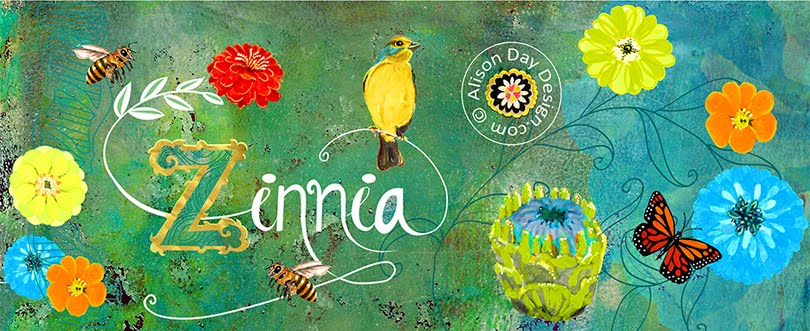The seed of inspiration for this project came due to a comment from his daughter, Jody Lee: ‘Will I ever find peace in this life?’ during her long and arduous recuperation after being in a coma for six years, because of a bicycle accident. This was then enforced, when, after John attended a charity concert in which Barbara Streisand, before singing her song ‘Somewhere,’ dedicated it to, ‘memories of all those good men whose lives have senselessly and violently been snuffed out like a candle.’
Before each sculpture can be started John makes a prototype in cement, an army of fifteen Indian workers, skilled carvers in black granite, then copies this. A difficult material to work with, but the inhabitants of Mahabalipuram are expert in working with this notoriously hard stone, unique to the region of Mahabalipuram in Tamil Nadu.
Where the peace park will be situated in the world John has not quite decided yet, but seeing as each sculpture can take anywhere from up to a year or more to realize from start to finish and weighs between 1.5 to 2 tons, the project is quite a lengthy one.
A completed bust of Gandhi (which took five months to make) will shortly be shipped to Groningen sometime in the spring of this year, with the idea of taking pride of place on the Gandhiplein, near the Hoornse Meer (Hoornse Lake).
John divides his year between his house in Groningen and his ongoing project in Tamil Nadu in India.
© Alison Day




